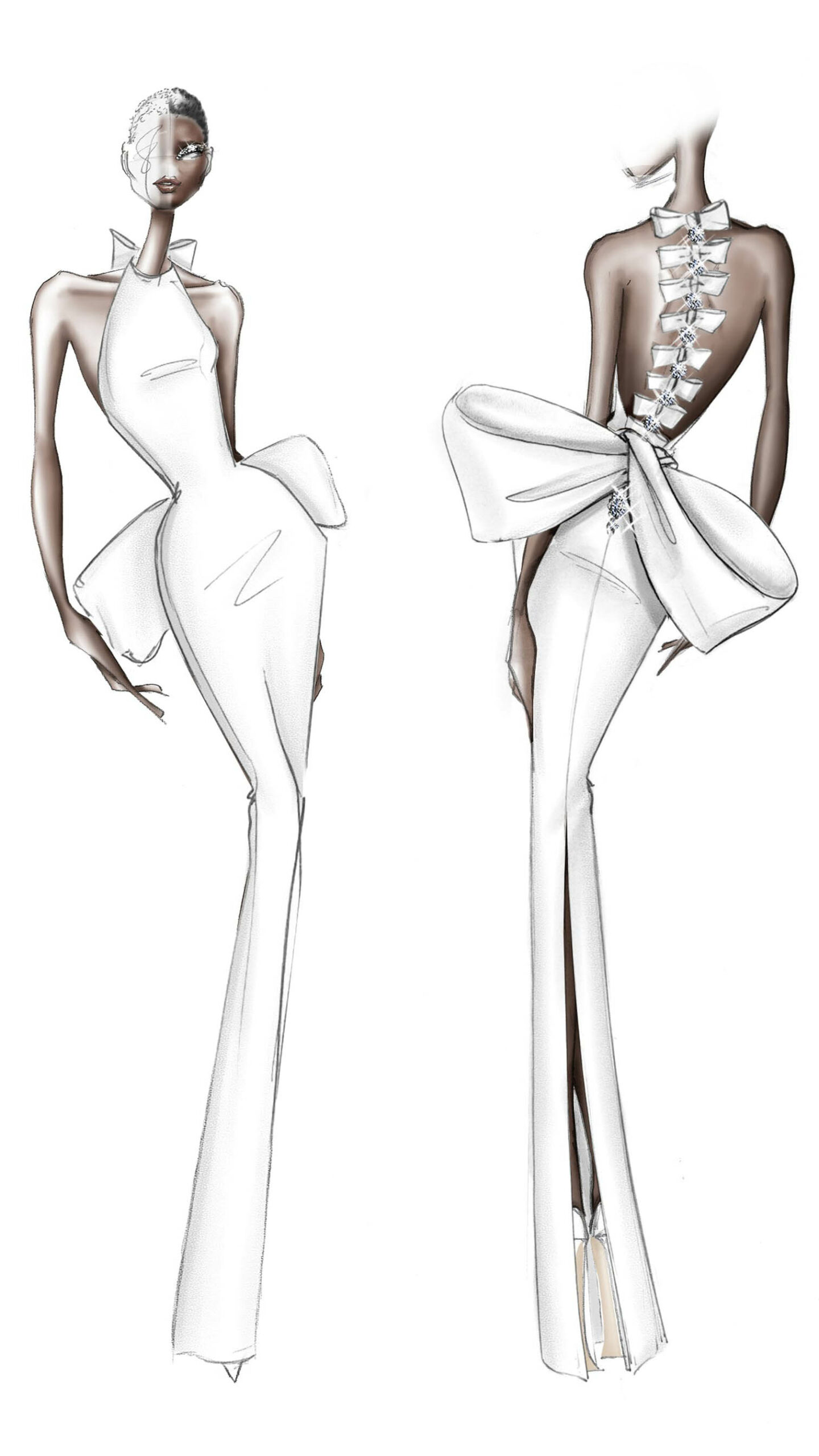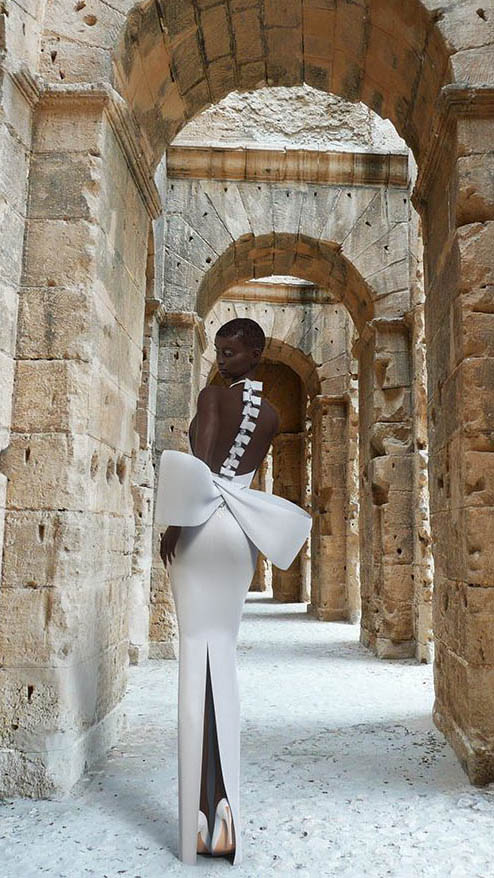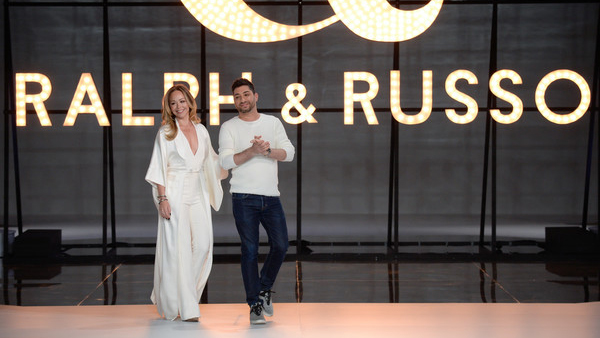No matter how big you get, or how well established your company seems, don’t ever lose that start-up mentality.
Australia fashion designer Tamara Ralph, along with her husband Michael Russo, run a well-established business called Ralph & Russo. They design all sorts of high-end clothing, and over the past ten years, they’ve grown their company into a high-end fashion house that specialises in haute couture and ready-to-wear clothes, luxury fashion pieces, and accessories.
Some of their pieces have been worn by the likes of Meghan the Duchess of Sussex, and Vogue Magazine recently called their 2020 Couture collection of runway looks, and beauty models “astonishing”.
With the Royals onboard and a business that is a decade old, you could forgive them for thinking more like a global corporation, and less like a start-up. But not these two. In recent times they’ve shown that they still know how to pivot and evolve with the best of them.
Coronavirus forced the cancellation of all of the Fashion World’s significant events this year. How does a fashion label adapt to solve such a catastrophic problem?
Globally, eCommerce was always a growing trend, but through the pandemic, online sales have skyrocketed.
Fashion brands have embraced this change, moving quickly to digitise their collections and show them to a much wider (more global) audience.
Designers around the globe have had to work remotely, and this has meant they have also had to rethink how they can engage with their audiences.
Sounds easy right? Wrong.
No business undergoes digital transformation easily.
- How do you build emotional connections to clothes, when the tactile element is unavailable to your clients?
- Who brings the gowns to life, when models, photographers and design teams are working in quarantine?
- How do you remain relevant, creating collections that are balanced with meaning and purpose?
- And how do you accomplish all this while also catering to a fundamental human desire to look and feel good?


Instead, the pair threw themselves into the digital development of their business.
Working with an artificial intelligence (AI) company from South Korea, they created an avatar named “Hauli”, which is African for “strength”. They used this avatar as their lead model, replacing the well-known (and highly paid) Catwalk models from their physical fashion shows with a digital archetype.
Instead of spending their time and marketing investment on fitting their latest pieces to their Catwalk models, they focussed on making Hauli as lifelike as possible and then working on each gown to be perfectly fitted to her, right down to the accessories.
Just as they would do for the real live fashion show, they put the same energy and investment into bringing their new digital experience to life.
Tamara said the process took “just as long, if not longer than creating real couture pieces”. But goes on to also say that it was very much a “labour of love”. Whilst it wasn’t an experience that she could have possibly prepared herself for – the results for her company have been outstanding.
Vogue recently quoted Tamara saying “We wanted to do something that had never been done before to that level.”
Earlier this year Ralph & Russo published 52 completely digital pieces, with all of them modelled by their new digital avatar Hauli.
They chose to use the 7 Wonders of the World as their theme, which was also a masterstroke of the time. This theme tapped directly into our pent-up desires to go travelling once again and to experience new and wonderous places and cultures beyond our own.
The results from the company’s perspective?
10 Magazine quoted Tamara saying that the digital development of the business will be her new “priority”, and that these sorts of initiatives will “extend across the entire industry” and that the opportunities within this space are “truly limitless” with so much room for creativity.
Of course, we’d all need to get over the hump of learning AI-first.
